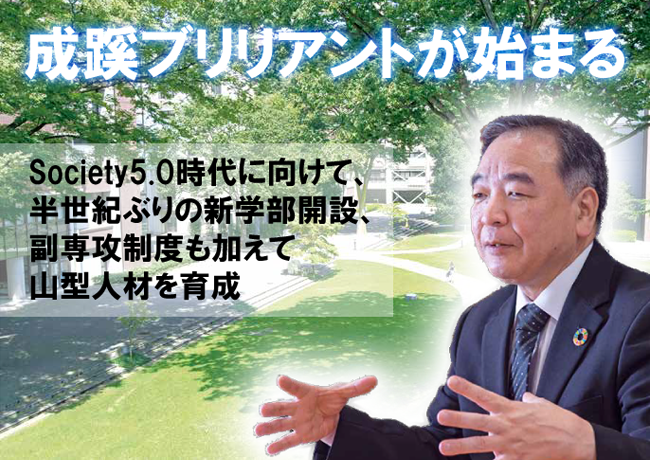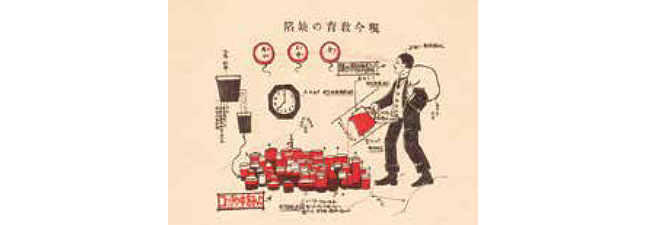
Seikei Gakuen has a history of more than 100 years with the educational philosophy of "true human education aiming at the development of spontaneous spirit and the discovery and growth of individuality".Among them, Seikei University has taken the helm to develop and reform human resources who can be used in Society 5.0 * 1. Reforms for 2020: Regarding "Seikei Brilliant 2020", we asked President Kitagawa about the background, points, and goals, centering on the opening of a new faculty * 1968 for the first time in about half a century since 2. ..
* 2: In 1968, the Faculty of Political Science and Economics was reorganized and the Faculty of Economics and the Faculty of Law were established.
Seikei Way inheriting 100 years of tradition
-"Seminar Seikei" "Project Seikei" "Collaboration Seikei"
The education that Seikei Gakuen has pursued and built up for over 100 years is summarized in the catchphrases of "Seminar", "Project", and "Collaboration" in university education, and is called Seikei Way.Haruji Nakamura, the founder who was said to be the standard-bearer of Taisho free education, thought that "resonance of the hearts of teachers and pupils" was indispensable for education. He also added a caricature, saying that instead of adding water, you should look closely at each of them from a very close distance.With a small number of people, teachers and students face each other at close range.This has been taken over by the university as "Seikei University".

Seikei Gakuen has also emphasized experiential learning since its inception.It is also equivalent to what is now called PBL (Project Based Learning), and makes children who sometimes fail think through it.Go out to the field and touch the real thing.We also look for the real thing and make the real thing.This is the origin of "Seikei University".
At Seikei Girls' School before the war, students were taught what they could eat and what they couldn't eat by actually picking up plants on a plant collecting trip to Nikko.At this time, Dr. Tomitaro Makino, a botanist who later gained worldwide fame, was invited to teach the students.It has been important to touch the real thing as much as possible.
In the old high school, students set up their own projects to replant the lawn on campus, decide on leaders and staff, and think about the procedure.It is this tradition that continues to value learning outside the classroom, such as extracurricular activities, internships and study abroad.
The origin of "Collaboration Seikei" can be seen in the "Large Family Principle" advocated by Principal Takayuki Asano in the old high school days.The children, students, students, faculty members, and graduates who go to Seikei are all family members, and when we do something, we all work together to do it together.In the current building of the main school building, until a certain time, university, high school, and junior high school were studying together, and in the early Showa period, school children and students were eating together in the cafeteria.Also, at universities, taking advantage of one campus, which has become rare at universities in Tokyo, all faculties and all circles have been working together.This tradition is inherited by the Marunouchi Business Training MBT (see column), which is cross-faculty.

